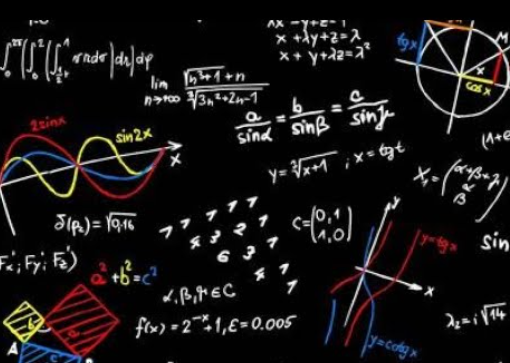You know what they say: ‘Where there is a will, there is a way.’ If you’ve been pondering over the equation (F – G)(X) = 0, with F(X) = 16x – 30 and G(X) = 14x – 6, you’re on the right track towards finding the value of X that satisfies this equation.
This mathematical puzzle is all about freedom and independence, just like you. So, let’s dive in and explore the possibilities. By manipulating these equations and using some algebraic magic, we can uncover the solution.
You’ll have the power to choose between the options of -18, -12, 12, and 18. The answer lies within your grasp, my friend. Are you ready to unlock the mystery and find the value of X that makes (F – G)(X) equal to zero?
Let’s embark on this journey together.
Explanation of (F – G)(X) and Its Significance
To understand the significance of (F – G)(X) and find the value of X for which it equals zero, you need to subtract G(X) from F(X). This process involves understanding the concept of function subtraction.
Solving (F – G)(X) = 0 Using Algebraic Manipulation
To solve (F – G)(X) = 0 using algebraic manipulation, follow these steps:
- Subtract G(X) from F(X) to get (16x – 30) – (14x – 6) = 0.
- Simplify the expression to get 2x – 24 = 0.
- Add 24 to both sides to isolate the variable, giving you 2x = 24.
- Finally, divide both sides by 2 to solve for x, which equals 12.
Therefore, the value of x that makes (F – G)(X) = 0 is 12.
Read more Karnooog is an Ancient City
Evaluating the Options: -18, -12, 12, and 18
Evaluate the options of -18, -12, 12, and 18 to determine the value of x that satisfies (F – G)(X) = 0.
By exploring the concept of function subtraction and analyzing the effect of changing x values on (F – G)(x), we can determine which option will make the expression equal to zero.
Plug in each value of x into the expression (F – G)(x) and check if it equals zero.
The value of x that satisfies (F – G)(x) = 0 is the correct answer.
Determining the Value of X That Satisfies (F – G)(X) = 0
To determine the value of x that satisfies (F – G)(X) = 0, you need to subtract G(x) from F(x) and find the value of x when the result is equal to zero.
This involves understanding the concept of function composition and exploring the relationship between two functions through subtraction.
By subtracting G(x) from F(x), you’re essentially finding the difference between the outputs of the two functions.
When this difference equals zero, it means that the two functions intersect at a certain x-value, which is the solution we’re looking for.
Read more Ld I Hsve My Shipt App Lobstion Wlesys Im
Conclusion
The value of x that satisfies
(f – g)(x) = 0
is -12.
